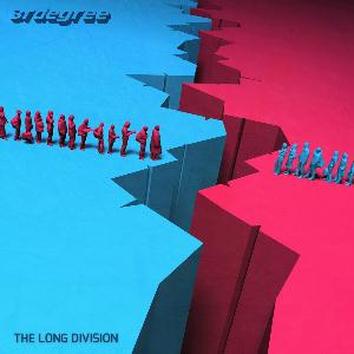
In 2007, the band reformed for a series of concerts to be followed by “Narrow-Caster” which was the band’s first studio recording in 12 years. Live concert releases followed as well as tracks contributed to tribute albums. In particular, 3rdegree contributed a great version of “Going for the One” to the Yes tribute CD entitled “Tales from the Edge.”
Finally, a follow-up to the follow-up. 3rdegree has released “The Long Division” and it was worth the wait. It is indeed a concept album centering on the sturm und drang of the election year. It is serious and it is biting but departs with a sense of humorous irony.
The album opens with a blistering announcement in “You’re Fooling Yourselves” which could sound like a push-back to The Who’s “Won’t Get Fooled Again.” An alternate title could have justifiably been “You Did Get Fooled Again (And You Will Again and Again).”
It carries an anthemic sound against the idolatry of party politics. There is the droning, true-believer background vocal chorus that speaks of mass delusion while the lead guitar tries to punch through the hypnosis of the lullaby keyboards.
The demonizing of one political party by the other is a running theme and the song breaks free in anger and determination.
A good rhythm section highlights “The Soci-Economic Petri Dish.” The political disillusionment of the song cements the idea that this is a concept album to be sure. The CD package is probably proof enough of that, with its crack between red and blue territories and the people all shown in red and blue. The back cover is a mock-up of a voting booth. Maybe the most biting image of all is the interior photo of the five band members standing before a wall with the Pledge of Allegiance stenciled on the wall. The jarring image, however, reveals that the phrases “under God” and “and Justice for all” have been painted over.
The song ends with angry denunciations and a concluding bell. The question is: Was that a fight bell? Or was it a stock market bell?
In “Exit Strategy” both parties must be seeing the other party in the lyrics. The indictment is against the system itself while both sides are claiming to be “liberators.” The vague chord structures that accompany the intoning of the words “incoherent ramblings” is a nice touch. The lyrics carry clichés from both ends of the political spectrum and the words “Poli-Sci, Poli-Sci, what have you done?” is a telling line. The song rushes to conclusion with a litany of catch-phrases tossed about concluding with the words “Post-911…”
“Fake institutes handing out the cures (this is the pill we swallow)” is the recurring admonition of “The Ones to Follow.” The song includes fine drum work by Aaron Nobel with a few great hooks. The political diatribe gives way to an almost-hallelujah chorus of blind belief.
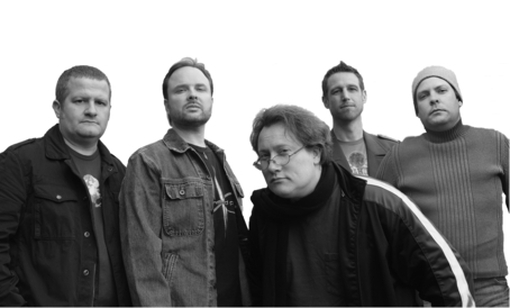
Beautiful instrumental moments are on display with “The Millions of Last Moments.” There is sublime guitar work between Eric Pseja and Patrick Kliesch here. This the eighth track begins the album's move always from the vocal dominance.
The spirit of Pete Bardens returns for “Memetic Pandemic” and cool rhythm patterns. Once again, the backing vocals are a great addition. The piano is well-done and the lead guitar cuts along the grain with the piano.
“A Nihilist’s Love Song” concludes the album. The opening lines include “All that is and all that was is meaningless.” One immediately gets the feeling that someone has been reading a little too much Camus but the follow-up line is a crack-up. “The future is all we’ve got.” Now you see the irony of the song’s title. Nice, snarky irony.
It becomes very clear that what poses as a love song from a first year philosophy student is indeed the bitterest bite of all. The anger of “You’re Fooling Yourselves” has been supplanted by the understated and vitriolic indictment against the revisionism of party politics.
“The future is all we’ve got” is not hopeful nor is it encouraging. It is the drone of political tribalism and triumphalism. It is Orwell.
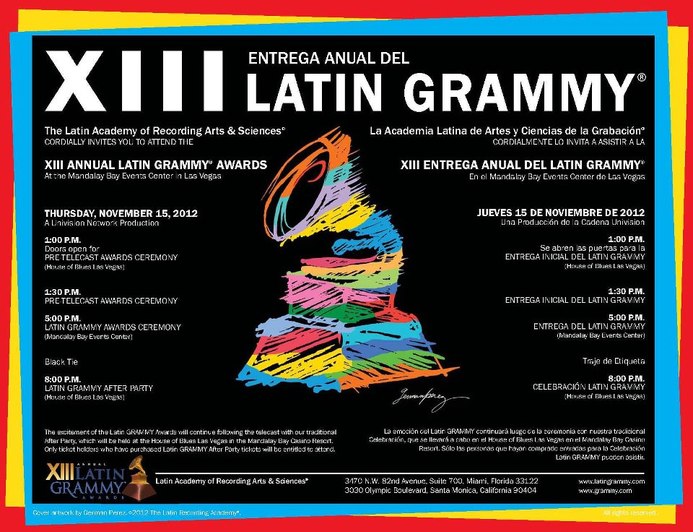
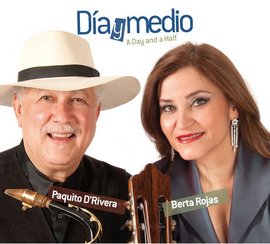
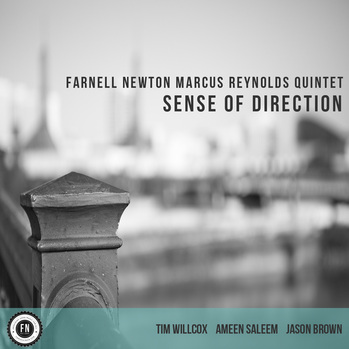

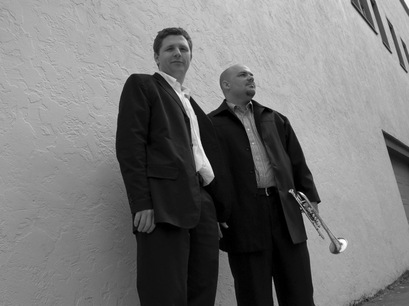
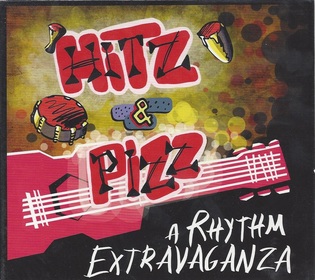
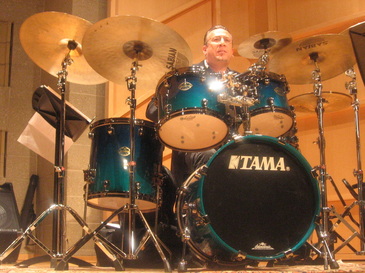
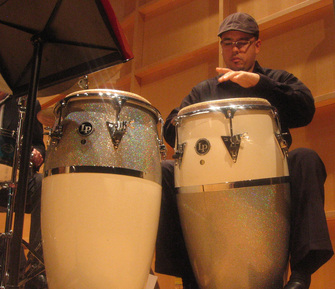
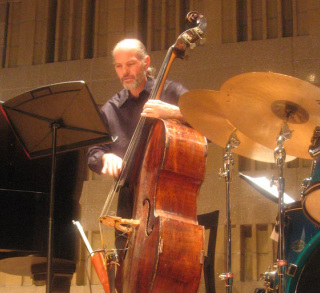
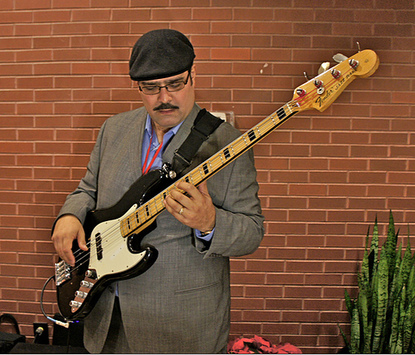
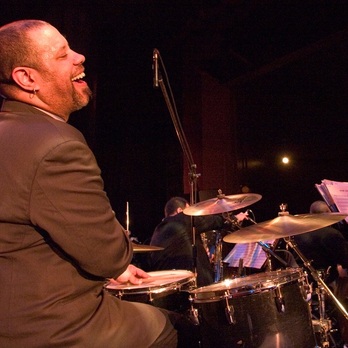
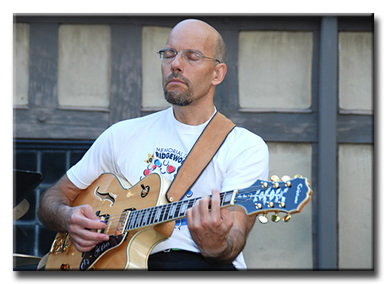
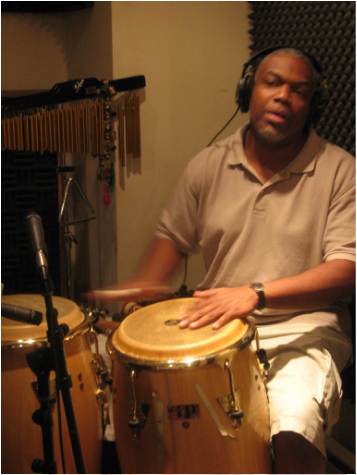
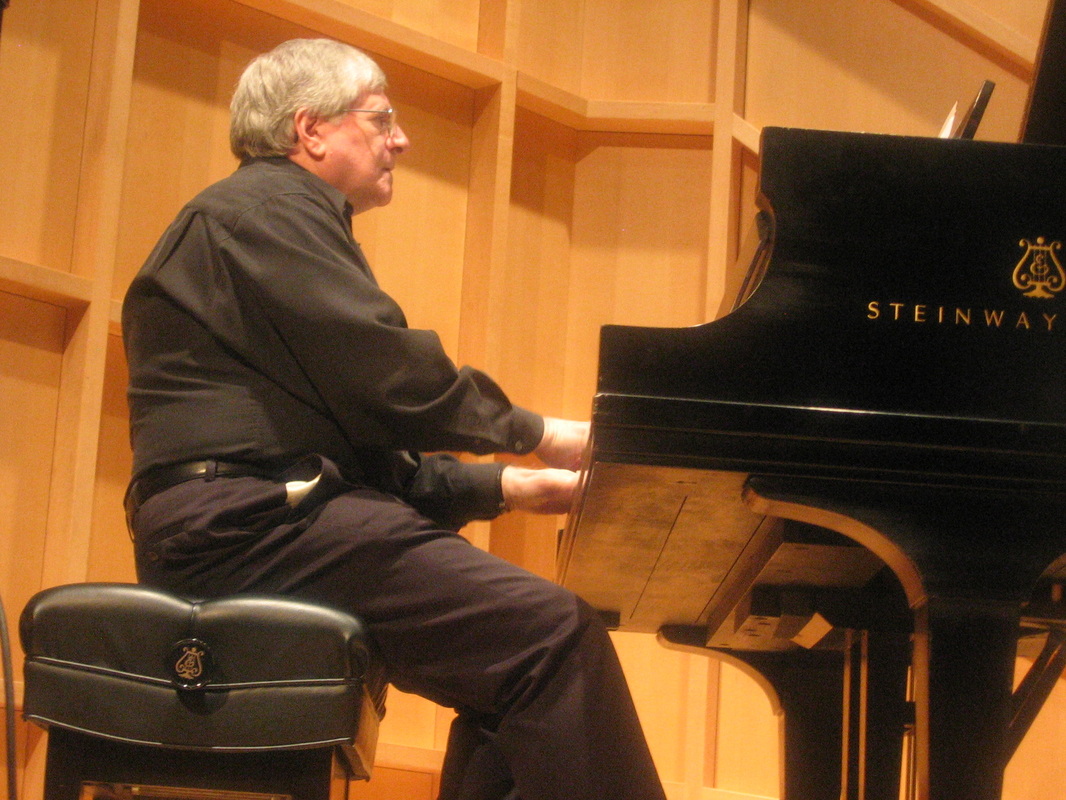
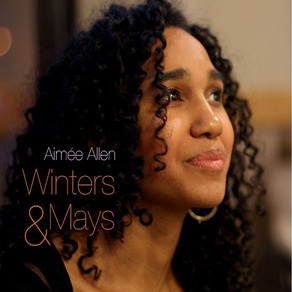
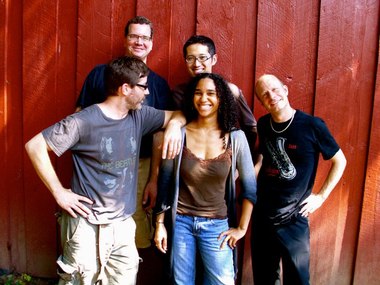

 RSS Feed
RSS Feed
